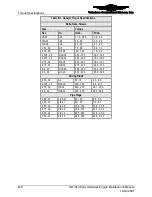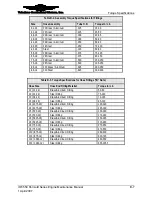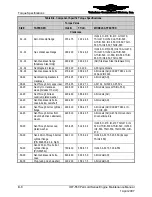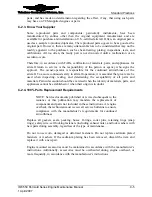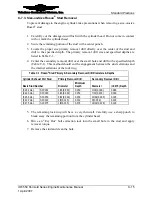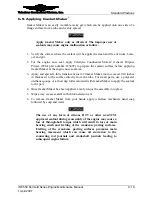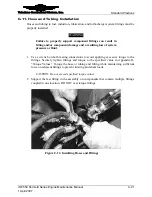
Standard Practices
Teledyne Continental Motors, Inc.
TM
C-8
IOF-550 Permold Series Engine Maintenance Manual
1 April 2007
piece of hardware to ensure that the loop is held in place on the first device. Pull the
protruding strand of safety wire with pliers until it is taut (but not overstressed).
4.
While keeping the protruding strand of safety wire taut, twist the strands (based on
the wire gauge specified below) until the twisted part is just short of a hole in the next
unit. The twisted portion should be within one-eighth (1/8) inch from the hole in
either unit:
a.
Twist 0.032 diameter safety wire at a rate of 7 to 10 twists per inch.
b.
Twist smaller diameter safety wire at a rate of 9 to 12 twists per inch.
5.
Pull the braided safety wire strand with pliers until it is taut (but not overstressed).
6.
Insert the uppermost strand through the hole in the second piece of hardware.
7.
Bend and wrap the twisted wire braid around the second piece of hardware, pulling
the wire taut as described in the previous steps, which will counter-lock the hardware
joined by the safety wire. Repeat the previous steps for any subsequent hardware to
be safety wired by this strand. Refer to Figure C-2 for various safety wire patterns.
All safety wire must fit snugly.
8.
After safety wiring the last piece of hardware, continue twisting the safety wire to
form a pigtail, providing sufficient twists (four minimum) to assure that the pigtail
will not unravel.
9.
Trim the excess safety wire and bend the pigtail toward the hardware and against the
bolt head flats.
CAUTION: Do not allow the pigtail to extend above the bolt head.
Figure C-2.
Safety wire Patterns for Right-Hand Threads
(Reverse the wire orientation for left-hand threads)

